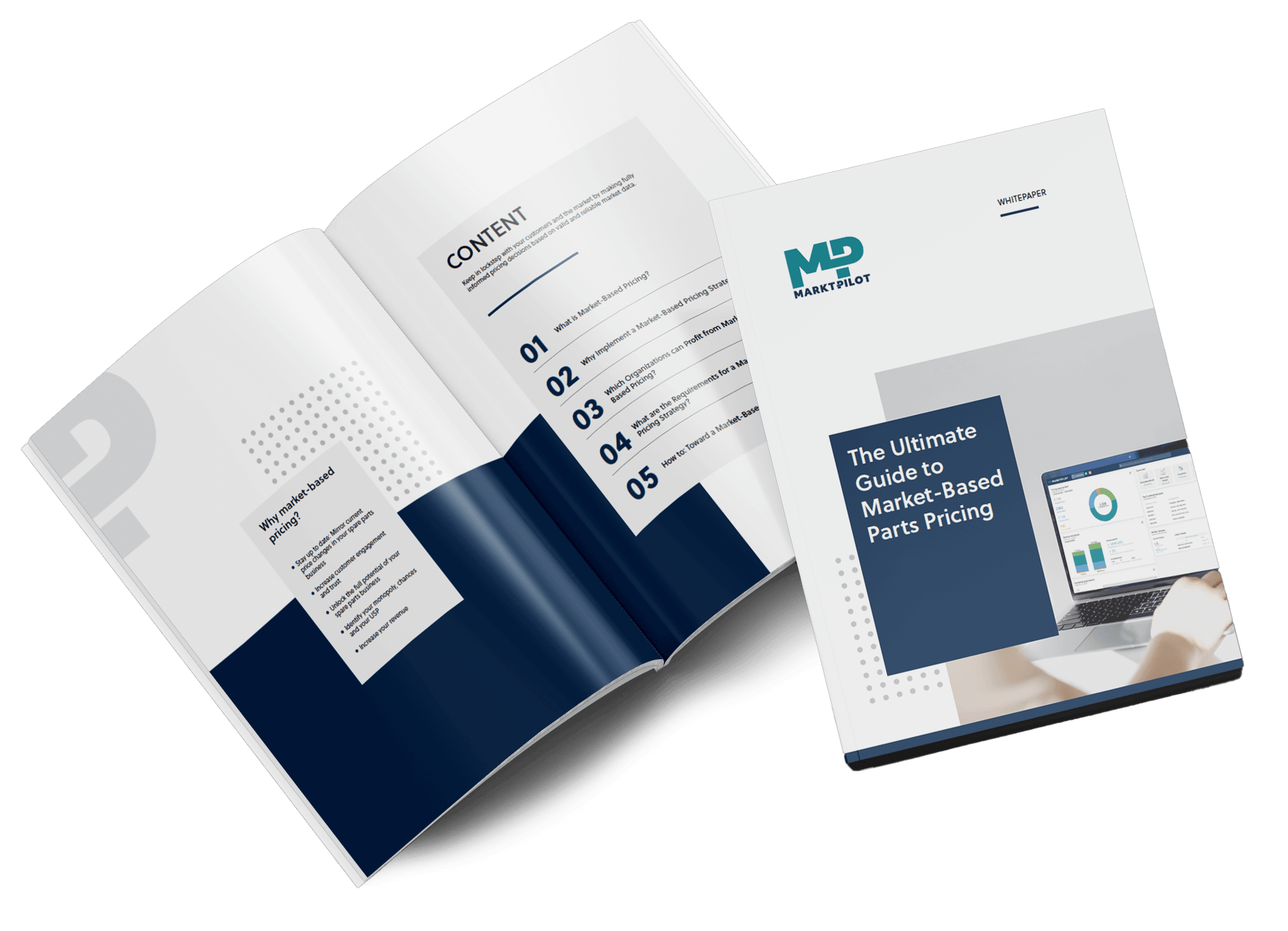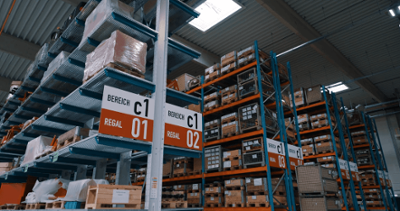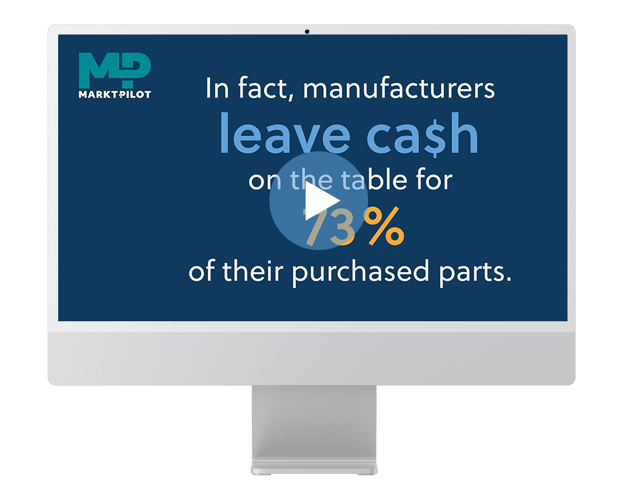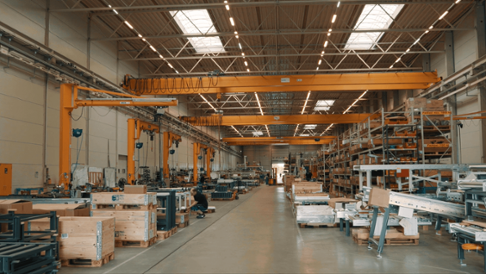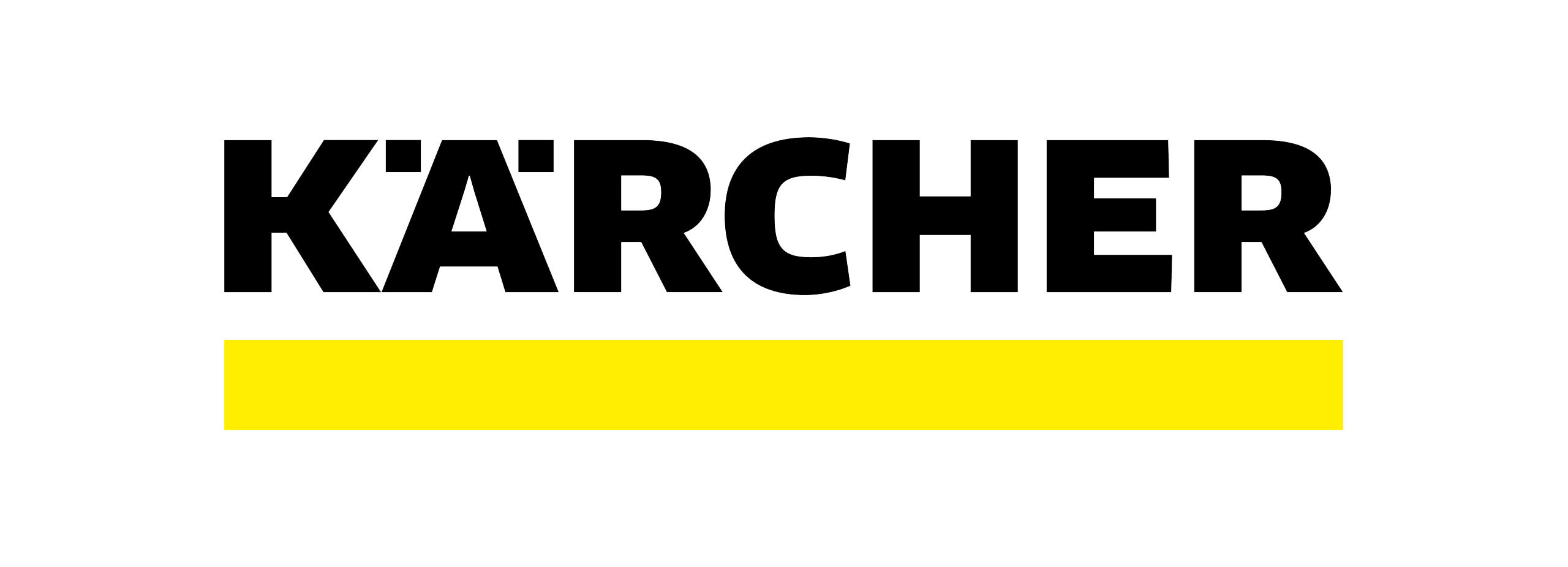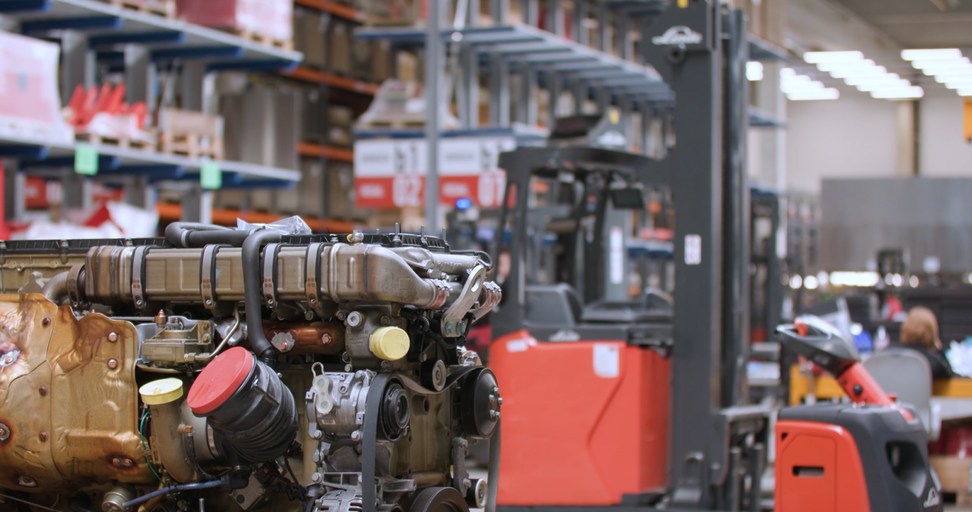Cost-Plus Pricing is Limited
A cost-plus parts pricing strategy provides a simple method for determining the price of a part. It also ensures that the company covers its costs and makes a profit on each sale. This pricing strategy can potentially useful in situations where there is limited competition or where the market demand is stable.
With that being said, cost-plus pricing does have several limitations. It does not consider market demand or competitors' pricing, which can lead to overpriced or underpriced products. Additionally, it does not take into consideration customer's willingness to pay. An example from Harvard Business Review states: "A customer may be willing to pay far more, in which case the cost-plus price will be too low, letting profit go uncaptured." Moreover, it may not be suitable for businesses with high overheads or those that face fluctuating costs, as it may result in inconsistent pricing.
